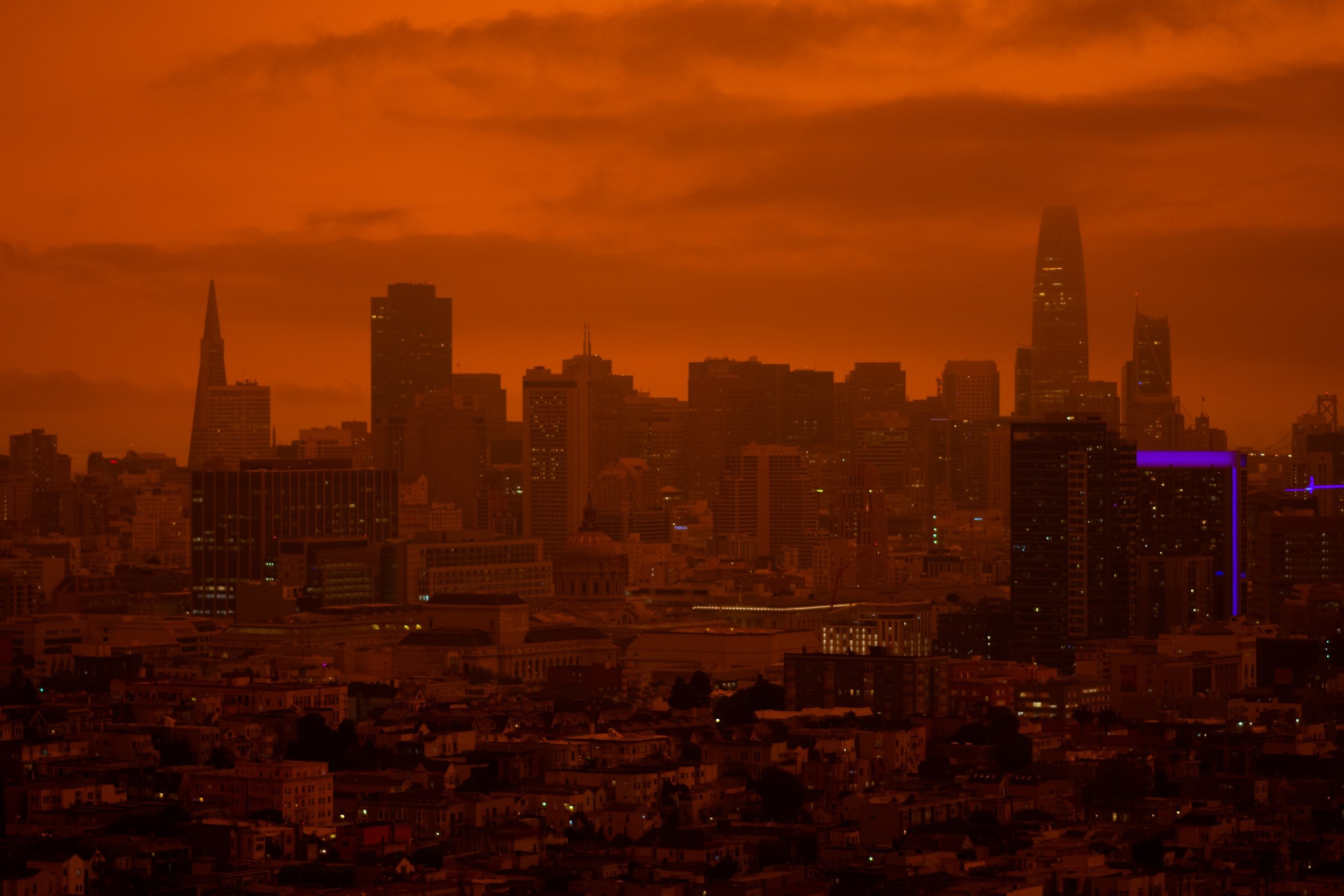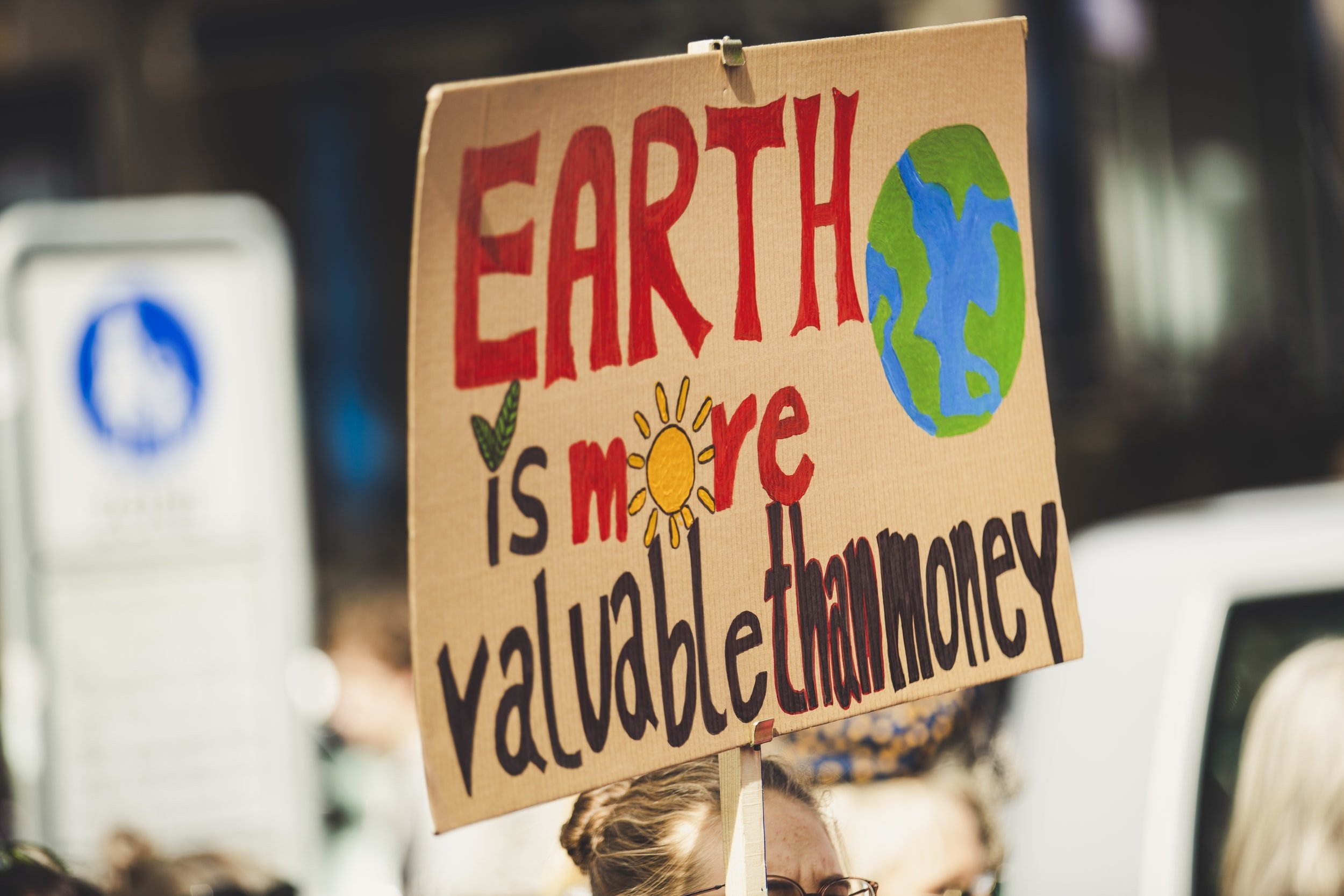
Climate Change and Policies of the United States
What is Climate Change?
Climate change, known as global warming, refers to long-lasting changes in weather patterns such as temperature and precipitation, which are mainly due to high levels of greenhouse gases present in the atmosphere. Human activities have been identified as the main causes of global warming, and the most significant influence has been the high emission of greenhouse gases like carbon dioxide during the process of burning fossil fuels. (Amadeo)
Physical Evidence and Effect
Extreme Weather
Regional climate changes include an increase in terrestrial warming, with the highest effect occurring in regions in the high northern latitudes such as North America, which is particularly sensitive to climatic changes and therefore a region where early signs of global warming can be seen (Smith and Nace). For instance, the facts that crops are dying and water resources are being depleted are due to drought in North Africa (Amadeo). Projections indicate that the severity of some extreme weather events, such as heatwaves, may increase as a result of global warming (Lindsey). Also, data analysis on extreme weather events from 1983 shows that droughts and heat waves appear simultaneously with increased frequency.
Glaciers have been retreating since the 1970s (Science and Climate). As a result of the thermal expansion of seawater and the melting of glaciers and small ice sheets, levels of oceans keep rising (Nunez). This may lead to serious consequences including coastal flooding, which occurs when low- lying land is flooded by seawater, forcing people to move to elevated places and making them vulnerable to risks. It can create environmental impacts as well: flooding can destroy coastal habitats like wetlands and estuaries. These areas possess high levels of biodiversity. Therefore, coastal flooding can cause significant biodiversity loss (Alberta WaterPortal).
Climate Change Policy within the United States
EPA
The Environmental Protection Agency, known as the EPA, was an organization in the United States designed to solve consequences due to ineffective environmental laws in various states and increase awareness and attention toward global climate changes. In 1970, it was established by President Richard Nixon (Kenton). The EPA aims to protect both human health and environmental health by writing and enforcing laws and regulations that are passed by Congress.
Besides the comprehensive legislation enacted by the EPA, as shown in the list above, it also runs several programs for the protection of natural resources and the promotion of environmental-friendly energy. For instance, the EPA Safer Choice program helps shoppers select products that are made up of secure chemicals without relinquishing the quality, and the Energy Star program fosters energy efficiency (Kenton).
Bipartisan Political Conflict
What should be done to deescalate the serious problems caused by climate change? In the US, Democrats and Republicans have different views and policies on the issue, which created many political disagreements and conflicts.
The Democratic Party views that climate change as an imminent threat and a defining challenge of humans’ time (Ingraham). Concerning climate change, the Democratic Party thinks people should accelerate the transition to a clean energy economy, helping to achieve climate goals (Patterson). In contrast, most Republicans deny the existence of climate change and refute the efforts made by scientists in order to decelerate global warming (Holan).
During Barack Obama's presidential campaign, the aims of investing in renewable energy, reducing dependence on oil, and making coal a less competitive source of energy were announced (Schneider). He proposed that the US should join a cap-and-trade system to limit global warming (Samuelsohn and Bravender).
On 27 January 2009, Secretary Clinton appointed a special envoy, Todd Stern, as the Foreign Office's Special Envoy for Climate Change. He claimed that this showed the United States would demonstrate energy, focus, strategy, and seriousness in responding to global climate changes (Appointment of Special Envoy on Climate Change Todd Stern).
Under the influence of the Democratic Party, the United States has also worked with national partners worldwide. On 8 June 2013, President Obama and President Xi Jinping of China reached a landmark agreement of reducing both the production and consumption of HFCs at a summit, which was the first face-to-face meeting between the two countries (Price and U.S.-China Conversation on Climate Change).
In 2015, the Clean Power Plan, which is the final version of the EPA's original regulations of last year, was announced by the Obama administration. In the same year, President Obama announced his goal of reducing methane emissions by 40-45% by 2025 compared with 2012, recognizing the potential and pervasiveness of these emissions in the oil and gas industry (Oil and Natural Gas Sector: Emission Standards for New and Modified Sources).
On 12 May 2016, the government took the next steps of reducing methane emissions: the Obama administration released ICR, also named Information Collection Request, which required all methane emission operations to provide their emission level reports for analysis by the Environmental Protection Agency in order to start developing policies and identifying high emission sources (The EPA Taking Steps to cut Methane Emissions from Existing Oil and Gas Sources).
As a Republican, President Donald Trump has promised to repeal some of the Obama era's laws designed to tackle climate change (Merica). He even questioned whether climate change was real. He considers that climate change as a Chinese invention and a joke (Jacobson). In his proposal, he cut about 31% to the EPA budget (Lehmann, Holden, and E&E News). President Trump slashed the Environmental Protection Agency's current funding by a third --by about $2.6 billion from its current budget of $8.2 billion. If passed, it would be the EPA's lowest budget in 40 years. Besides, he indicated that efforts on restricting the fossil-fuels industry undermined the US's global competitiveness, and he planned to boost productivity in the oil and gas industry (Sang). All these facts reveal that President Trump does not value the efforts of the Democratic Party and strongly opposes them. What’s more, Most Republicans are the same as Donald Trump. Republicans do support energy initiatives that open up public lands and oceans for further oil exploration and the removal of restraints in order to develop nuclear energy (Wolf).
The chart above shows how the US was pulled out from the Paris Climate Agreement
Author’s View
In conclusion, political conflicts between the Democratic Party and the Republican Party are primarily shown through different climatic policies of President Obama and President Trump. While the Obama administration advocates for clean and renewable energy usage, the Trump administration considers the Democrats’ efforts as impediments to business. Although ordinary citizens cannot control what the government is doing, they can always be highly aware of the severeness of climate change and conserve resources around them. In doing so, everyone’s strength would be integrated and create powerful and positive impacts.







